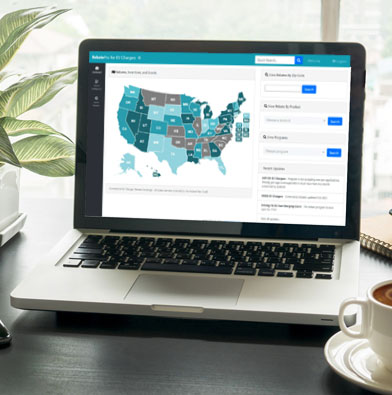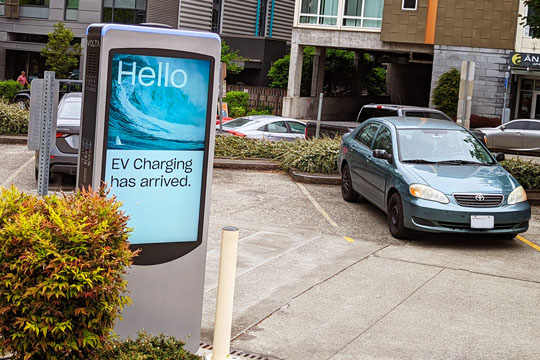
The electric vehicle (EV) market experienced significant growth in 2023, setting a new record with 1.2 million EVs sold in the US, capturing a 7.6% share of the total market, according to Kelley Blue Book. While there are reports of a softening EV market, the Cox Automotive Economic and Industry Insights team forecasts that sales will continue to grow rapidly in 2024 and predicts that the EV share of the US market will reach 10%.
With this growth in mind, the charging infrastructure has a long way to go to be prepared. According to the DOE, around 130,000 publicly available chargers have been deployed across the US, but that's just a drop in the bucket. The White House aims to establish 500,000 public EV chargers by 2030, meaning there's much more room for growth, and incentive programs are gearing up to help achieve this goal.
Rebates and incentives are essential in this market, but they're much more complex than their energy efficiency counterparts. We've been monitoring these programs since 2021 and have noticed quite a few differences for this year.
Here are the major trends for EV charger rebates in 2024:
- EV Charger Rebate Coverage: a 25% Increase from Last Year
- Growing Opportunities: Higher Dollar Amounts and More Program Options
- Dynamic Fluctuations: More Changes Than Ever
- Navigating Requirements: Approved Product Lists and New Standards
- NEVI-Funded Initiatives Propel DCFC Charging Expansion
EV Charger Rebate Coverage: a 25% Increase from Last Year
Last year, 62% of the US was covered by a rebate or incentive for installing an EV Charger. In 2024, it has increased to 80%, meaning most projects in the US qualify for an incentive for installing an EV charger at this moment.

Last year, 62% of the US was covered by a rebate or incentive for installing an EV Charger. In 2024, it has increased to 80%, meaning most projects in the US qualify for an incentive for installing an EV charger at this moment.
It does get tricky, though; unlike energy efficiency programs, which are often run by the electrical utility, these incentives can come from various sources: municipalities, regional, electric utility, state, and federal. These sources can sometimes be combined or stacked to provide a greater incentive.
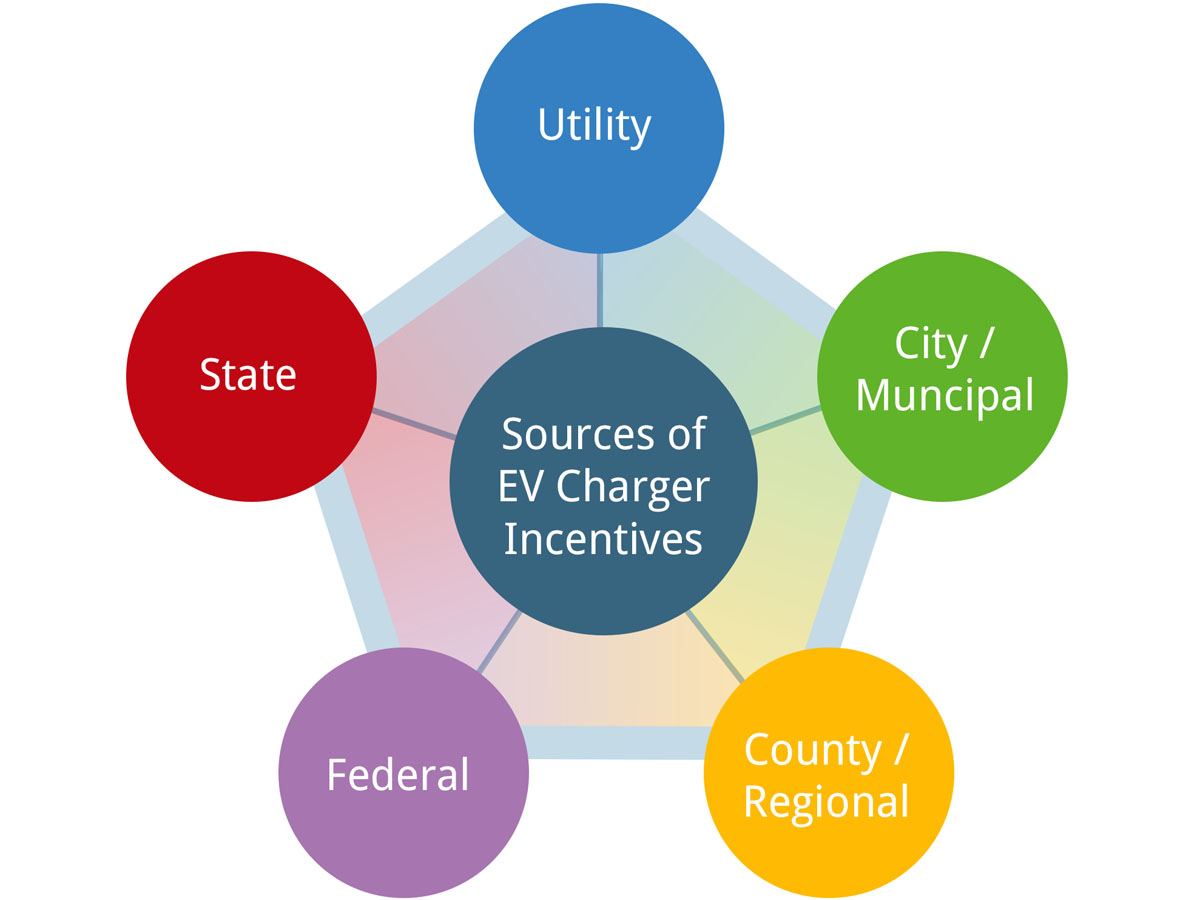
On top of these rebates and incentives, in the United States, there's also the 30C Federal Tax Credit which provides a tax credit up to 30% of the cost. Starting in 2023, new requirements were added that restricted this incentive to only projects located in "approved census tracts." These tracts aim to promote EV charger installations in low-income or rural areas, although according to a White House press release, this incentive covers two-thirds of Americans.
Growing Opportunities: Higher Dollar Amounts and More Program Options
Over 400 different EV charger incentive programs are currently active across the US and Canada. In 2024, we're seeing higher dollar amounts for some types of chargers and more programs overall than previous years.

Level 2 - Residential
For level 2 residential EV chargers, the number of programs grew by 11% compared to last year. The dollar amount remains relatively flat at an average of $530 per charger.
Level 2 - Commercial
For level 2 commercial EV chargers, the average rebate for 2024 is $2,269, up 13% from last year. Organizations also introduced almost 20% more programs for this type of charger in 2024.

Level 3 / DCFC - Commercial
Level 3 / DCFC commercial chargers saw a 35% drop in the dollar amount this year, bringing the average to $20,340 in 2024. It's important to note that many rebate programs for DCFC do not specify a fixed amount. Instead, they offer a percentage of the project or make-ready cost, which this statistic does not reflect.
The number of programs though, increased by 37% year over year, with much of this growth coming from NEVI-funded programs.
Dynamic Fluctuations: More Changes Than Ever
Rebates and incentives have always been dynamic and ever-changing, but EV Charger rebates have a whole new level of volatility. According to RebatePro for EV Chargers, organizations changed their incentive programs 288 times over 2023, twice as much as in 2022. These changes can be programs closing, getting new funding, altered incentive structures, or new requirements.
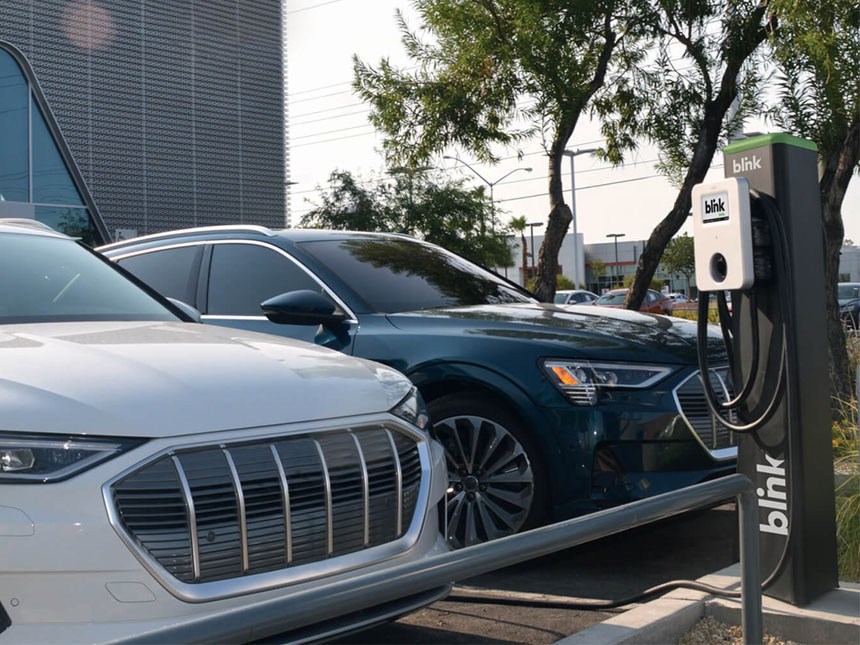
2024 will be just as dynamic. It's just a few months into the year, and we've already logged 79 significant program changes. Staying up to date is a challenge but is essential. Some programs may be open for only a couple of weeks, meaning you need to have your paperwork ready to file the minute the program opens.
Navigating Requirements: Approved Product Lists and New Standards
As we've seen in 2022 and 2023, approved product lists have been important, and they will continue to be crucial in 2024. Roughly 20% of all programs require that a project uses an approved charger and/or network in order to qualify for an incentive. While it's technically a minority of the programs, many of these cover major metropolitan markets.
The challenge with approved product lists is that they don't use a standardized qualification like EnergyStar or Design Lights Consortium (DLC). Instead, manufacturers have to spend considerable resources to find out which programs have approved product lists and then go through the process of getting theirs qualified. This is complicated by the fact that many of these programs aren't set up to review and add chargers to their lists quickly.
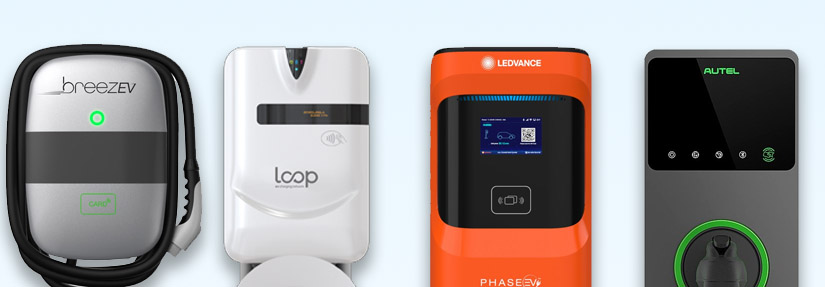
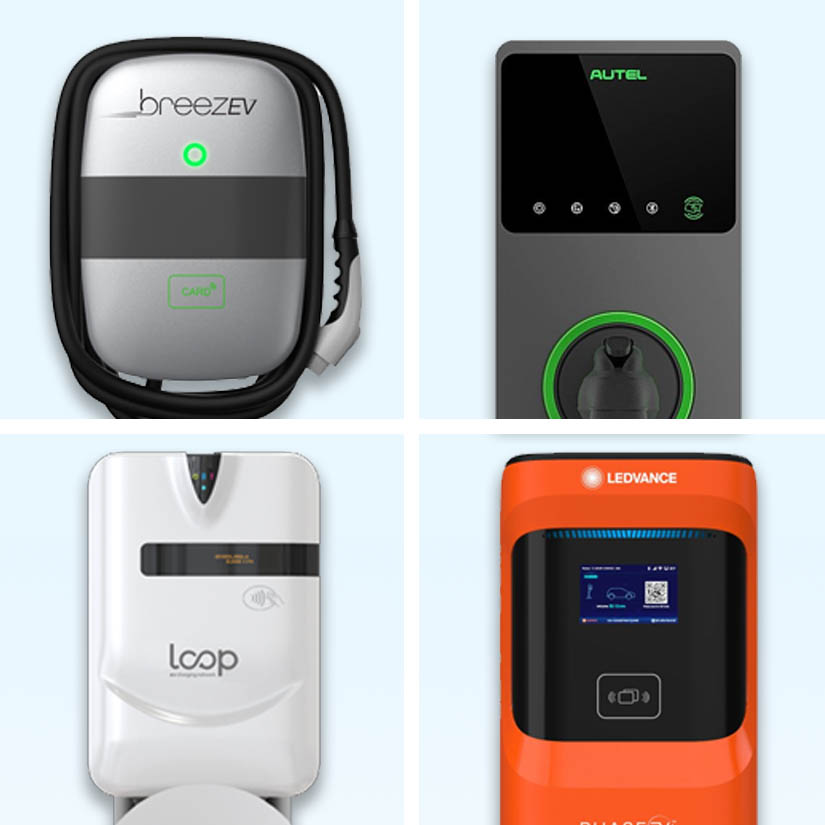
To further complicate matters in 2024, some programs are rolling out new technical criteria. A new requirement, ISO 15118, is becoming more important for incentives. This spec allows hardware and software to talk to the electrical grid, essentially allowing "plug and charge," meaning users just have to plug their car into the charging station, and billing and authentication will automatically happen. The goal is to address the patchwork of apps and streamline the charging experience for drivers everywhere.
Previously, this requirement was seen mostly in California, but for 2024, the New York make-ready programs also require that hardware is ISO 15118 Parts 2 and 20 compatible. Programs in Oregon have also announced that they'll require ISO 15118 in the future. In addition, federally funded chargers must also support OCPP 2.0.1 and ISO 15118-2 by 2025. With that in mind, we expect this requirement to see a broader rollout in the coming years.
NEVI-Funded Initiatives Propel DCFC Charging Expansion
The NEVI Program, short for "National Electric Vehicle Infrastructure (NEVI) Formula Program," is an initiative created by the 2021 Infrastructure Investment and Jobs Act. It's meant to strengthen the fast-charging / DCFC infrastructure across the national roadways.

Each NEVI program is administered by the individual states, and timing and structure will vary for each one. Two years after the government announced the program, the first charging station constructed with NEVI funds opened to the general public in December 2023. More sites are coming online in 2024 as additional states announce their winners and begin construction.
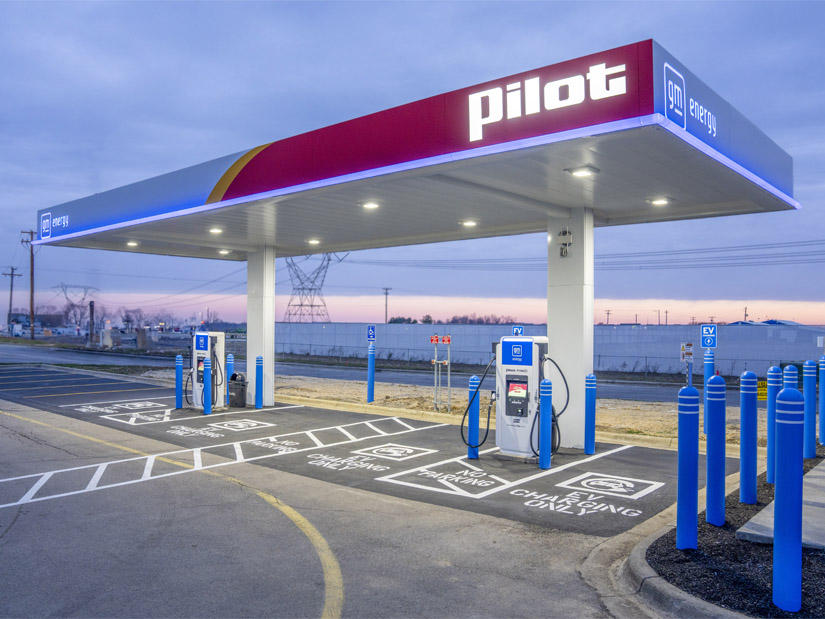
Typically, these programs are competitive grants, where applicants are evaluated based on various criteria. Consequently, submissions often face fierce competition. For instance, in the Texas program, 280 proposals were received, but only 50 were chosen for Round 1 of their NEVI-funded rebates.
The average award size for NEVI-funded sites is around $635,000. Many of the winning sites were gas stations, convenience stores, and travel centers/truck stops, but the mix varied a lot for each individual state. In 2024, many states will launch their first round of funding, while others will already start their second round.
Keep in mind that NEVI funding supports only 20% of Level 3 / DCFC incentive programs. For those unable to access these programs, numerous other incentives are available.
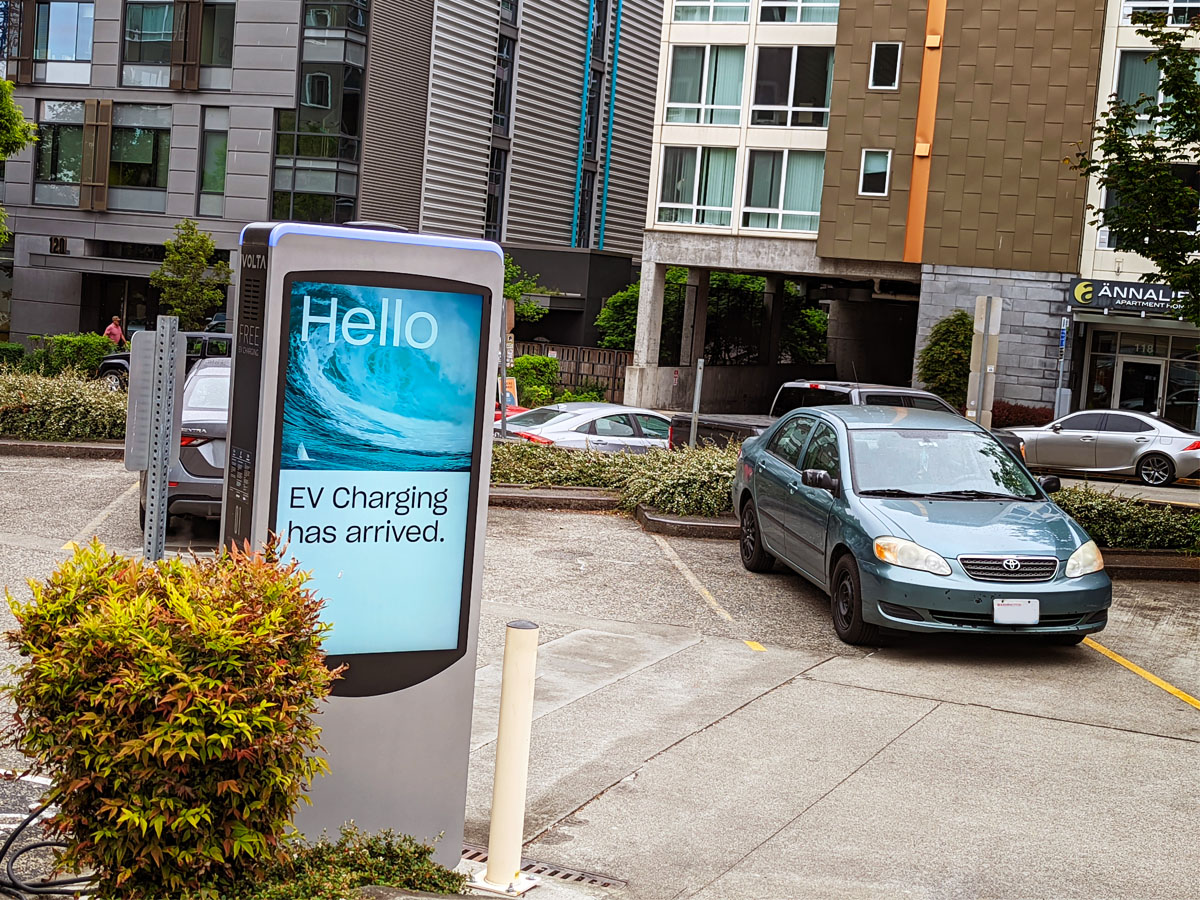
EV Charger Rebates Drive Success
The significance of rebates and incentives for EV chargers cannot be overstated. They play a huge role in the sales cycle and in making a solid business case for EV charger installations. These incentives typically cover a substantial part of the cost, making these investments more attractive in an early market.
While these programs are volatile, they are as strong as ever for 2024. For those in the industry, knowing how to utilize these incentives is vital to succeeding. Whether it's including the information on quotes or helping customers capture the rebates, companies that leverage EV charger rebates will be the most successful.

RebatePro for EV Chargers Can Help You
Whether you're an electrical contractor looking to expand your services or a distributor seeking new revenue streams, understanding the rebates for EV chargers can help you stay at the forefront of this exciting and rapidly growing industry.
RebatePro for EV Chargers is the industry-leading tool that allows you to find virtually every rebate, incentive, grant and tax credit for EV charger installation across North America. So whether you're estimating the rebates for many locations or looking to see where you need to get your EV charger on an approved rebate product list, the tool can help you fully maximize the use of these incentives to close more business.


